A Rare Look at Mexico’s Carnivorous Bats
A behind-the-scenes look at what it takes to document rare and fascinating carnivorous bats in the Yucatan Peninsula.
The New World’s two biggest bats are both carnivorous, preying upon animals like mice, frogs, and birds.
The woolly false vampire bat and the spectral bat, the latter of which can have a wingspan up to nearly three feet, generally avoid people; humans have nothing material to fear from them. Unless, of course, your intention is to get a good photograph. Shy, swift-moving mammals that mostly fly in darkness, they do not lend themselves to the limelight.
Such was the challenge facing natural history photographer Anand Varma, who in 2015 embarked on a mission to take photos of the animals for a story in National Geographic magazine.
The assignment took him to Mexico’s Yucatán Peninsula, where researcher and National Geographic Explorer Rodrigo Medellín studies both species of carnivores, which are found throughout Central and South America.
In the Calakmul Biosphere Reserve, Varma found a roost of woolly false vampire bats living within an ancient Maya temple. He also tracked a group of spectral bats to a pair of nearby trees. (Related: “Can the Bat Man of Mexico also be Tequila's Super Hero?”)
Shots in the Dark
To prepare to take his photographs, Varma first studied the animals’ habits. He spent many nights at the temple, for instance, figuring out when the bats left their roost, and what flight path they took. “You need to know when to fire a flash, down to the millisecond,” Varma says.

But the animals were also sensitive—if he got too close, they would change their flight path for days or weeks. And he only had a single chance per animal, as they only leave once a night (before returning home many hours later).
He eventually settled on a setup in which he positioned a camera below an infrared sensor that would set off the flash and take a photo when the bat crossed its beam. (Get National Geographic’s tips for photographing wildlife.)
That way, “the bat is photographing itself,” he says.
Of course, that’s putting it a bit humbly. After each flash Varma would rush to the camera and a laptop to which it was connected, before tweaking the setup until he got it perfect. Arriving at each final photograph—one he could take pride in—took him about a week or more, he says.
The tree-roosting spectral bats were even more difficult to figure out. Unlike the bats at the temple, their flight paths weren’t constrained—and made more predictable—by stone walls.
What’s more, one of the trees that the animals roosted in seeped a poisonous sap, which Varma only discovered after he’d climbed it. He broke out in boils that sent him to the hospital and left scars on his arms—an unwitting souvenir of his experience with carnivorous bats.
Varma also photographed the animals studied by Medellín, who put his subjects in flight cages and observed them as they swooped down to devour mice.
16 Amazing Pictures of Bats





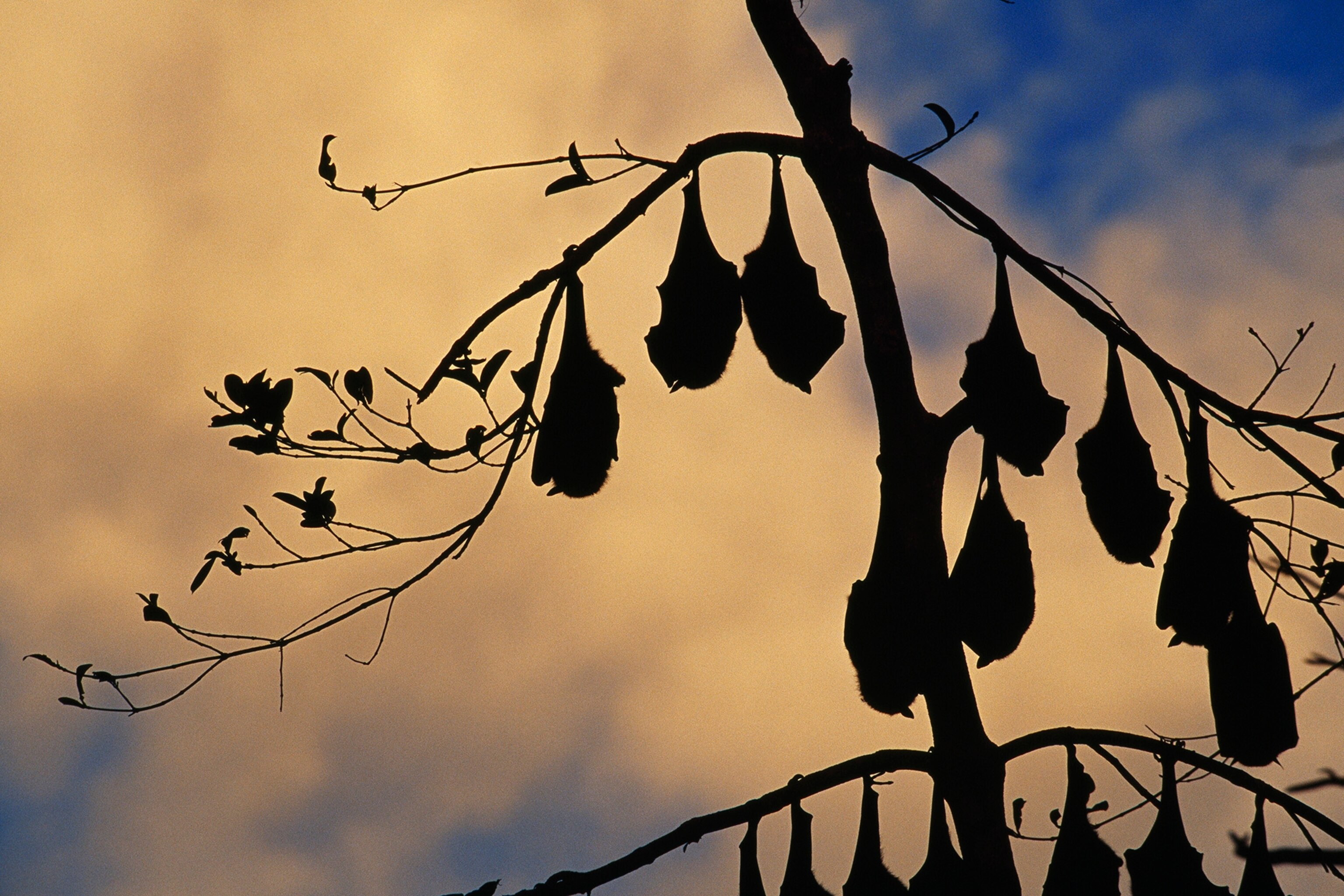
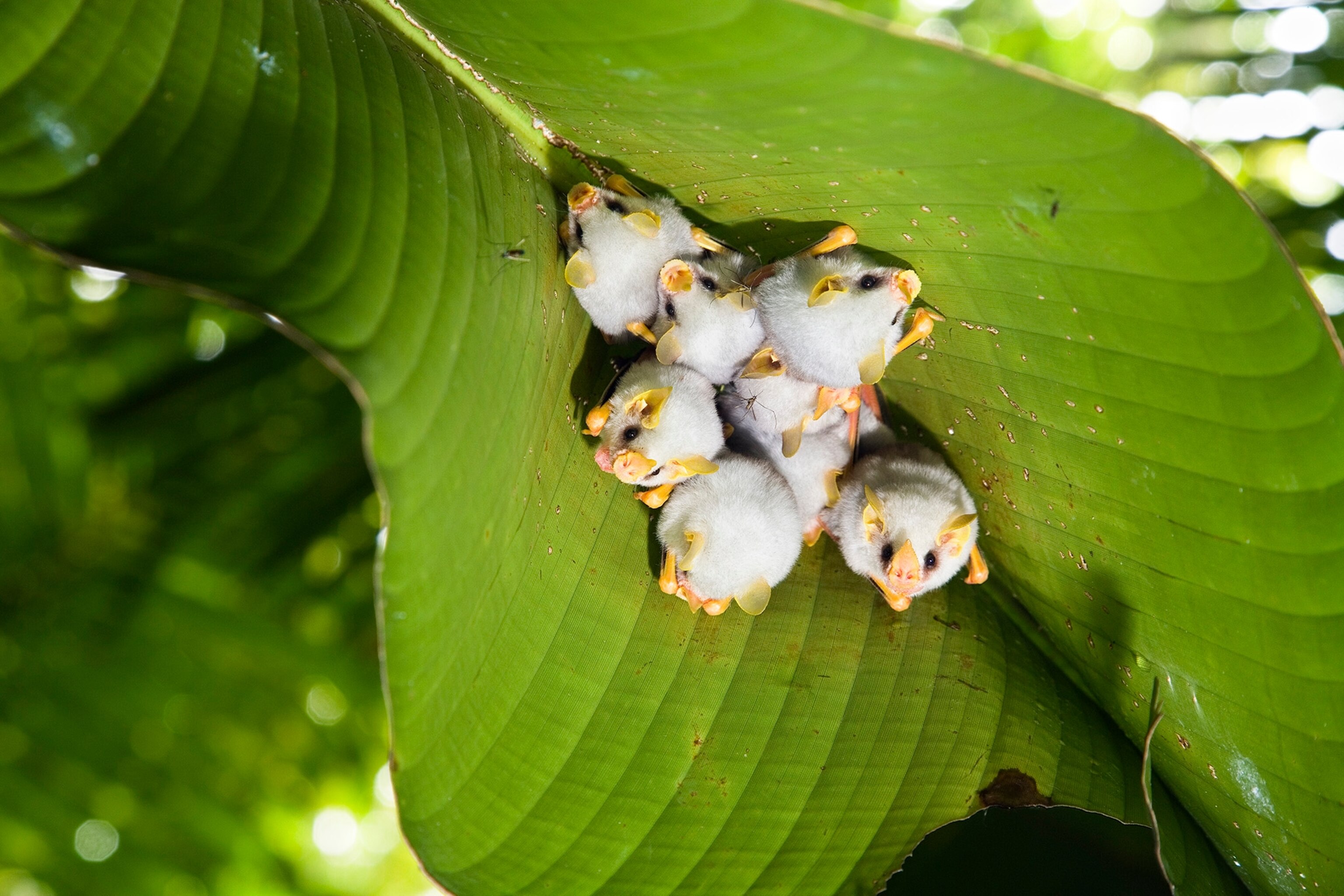
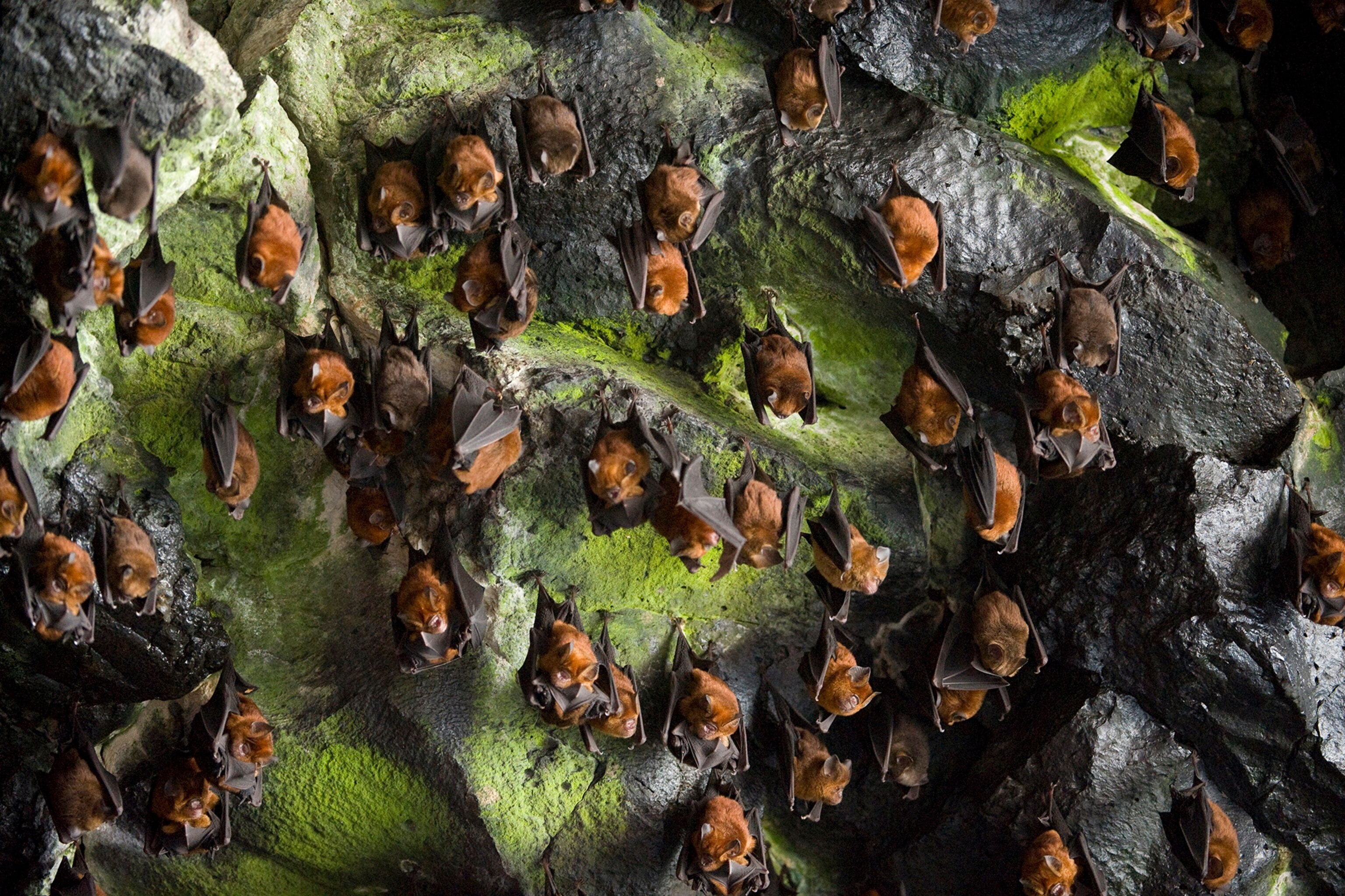


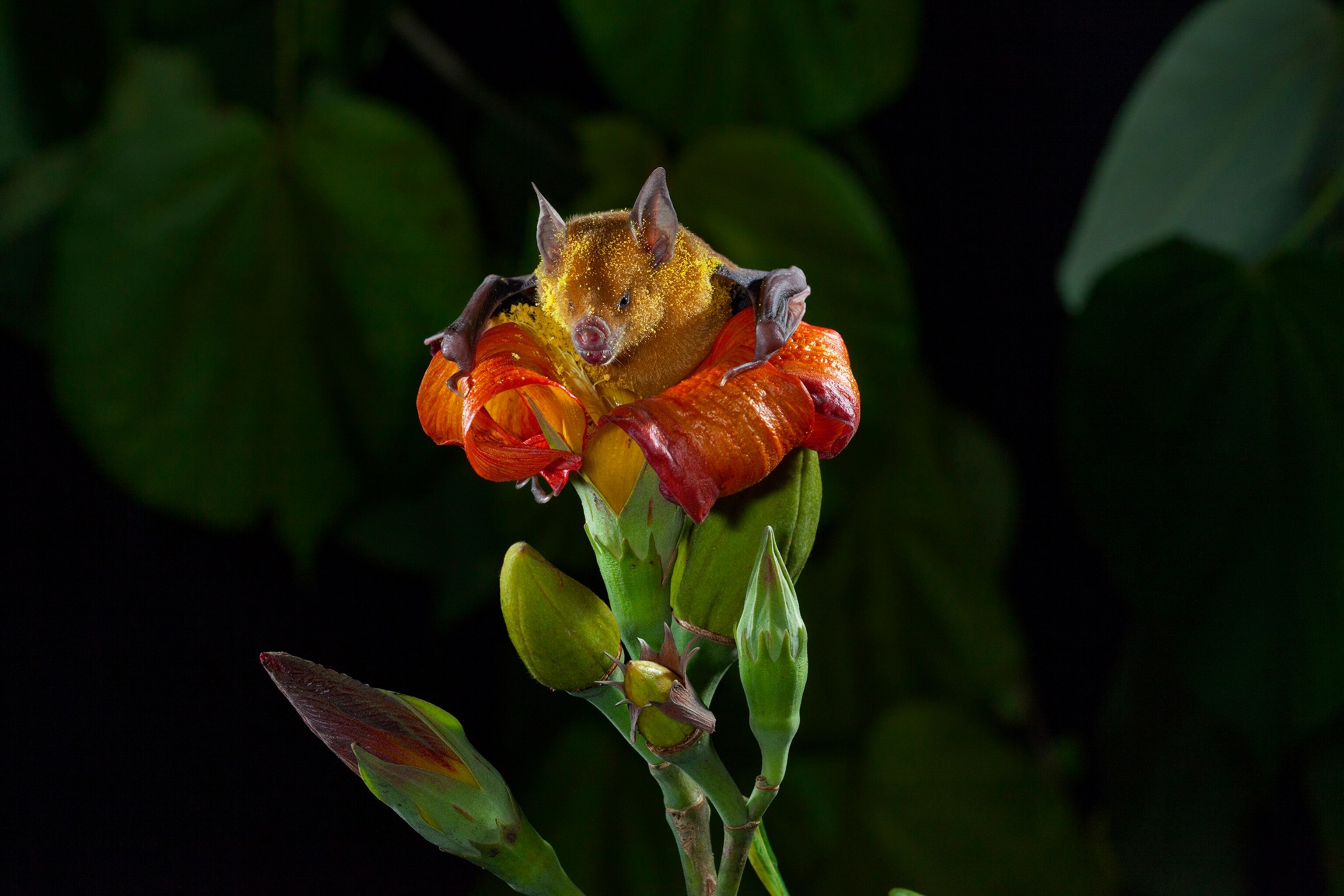
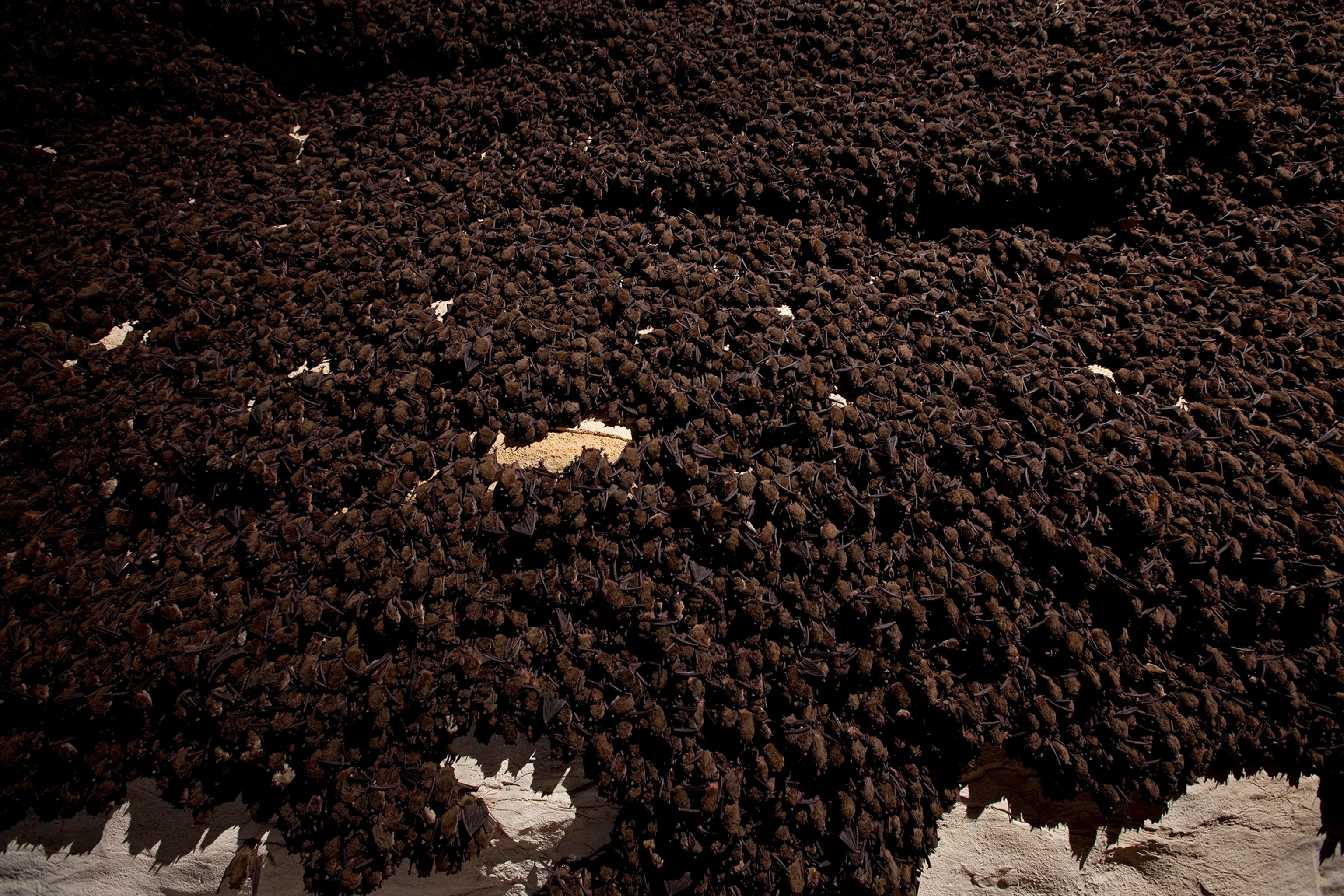


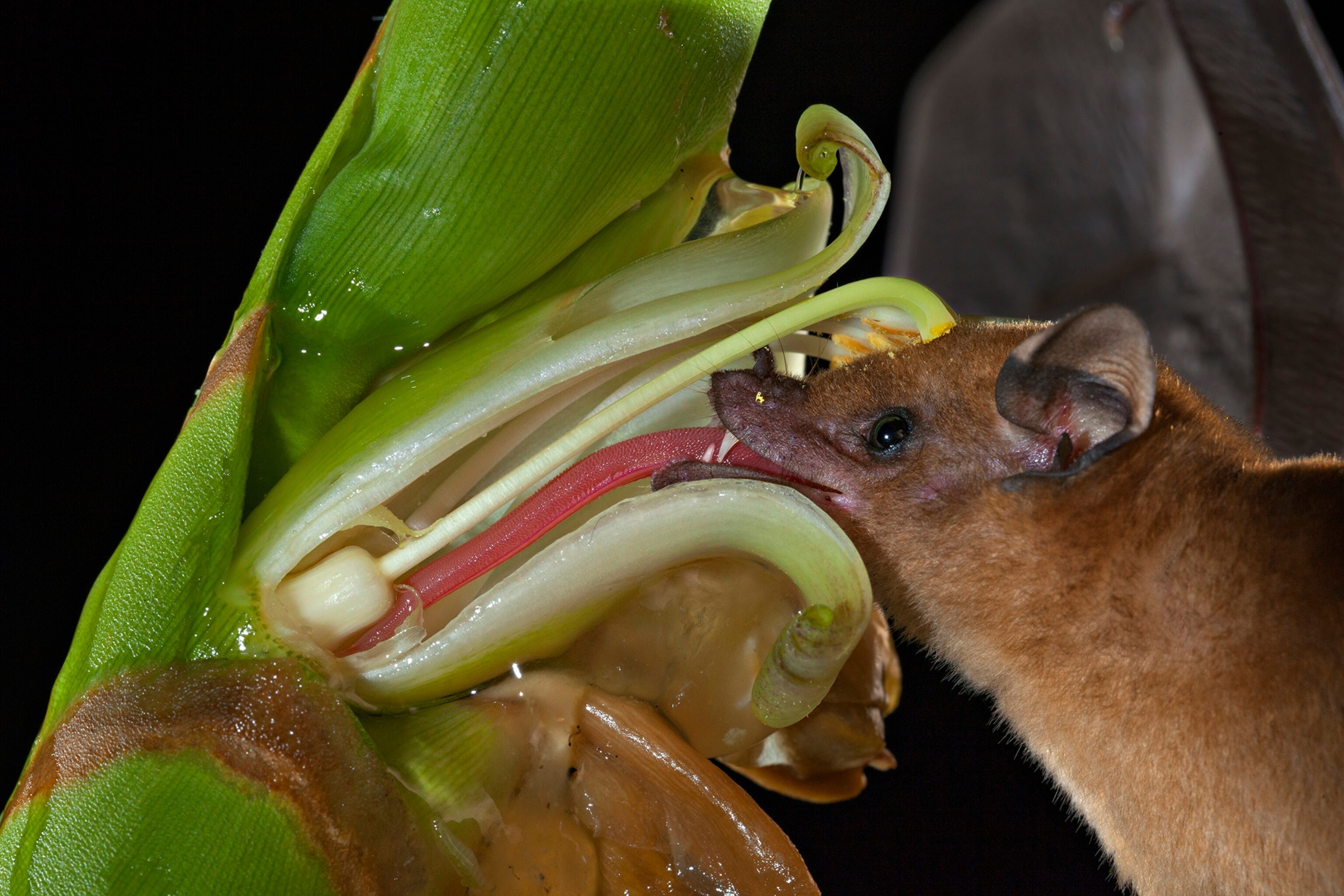

In so doing, it quickly became apparent that the bats were intelligent, and had different personalities. They are not, in other words, just “scary creatures of the night,” Varma says.
Inspiring Curiosity
Varma first fell in love with the natural world growing up in Atlanta, Georgia, where he often went hiking and camping. He originally planned to become a biologist, but in college discovered photography, and realized he could get paid to explore nature by taking pictures rather than gathering data.
Before his project with the bats, which he completed over the course of 5 trips and about 1.5 years, he also took videos of hummingbirds flying in slow motion and captured a timelapse of bees growing up inside a colony.
With bats and other animals he captures, Varma seeks to use his camera “to show aspects of the world that are hard to see with your naked eye.”
“I’m trying to peel back layers of complexity in our natural world and inspire a sense of curiosity about it.”
Related Topics
You May Also Like
Go Further
Animals
- This ‘saber-toothed’ salmon wasn’t quite what we thoughtThis ‘saber-toothed’ salmon wasn’t quite what we thought
- Why this rhino-zebra friendship makes perfect senseWhy this rhino-zebra friendship makes perfect sense
- When did bioluminescence evolve? It’s older than we thought.When did bioluminescence evolve? It’s older than we thought.
- Soy, skim … spider. Are any of these technically milk?Soy, skim … spider. Are any of these technically milk?
- This pristine piece of the Amazon shows nature’s resilienceThis pristine piece of the Amazon shows nature’s resilience
Environment
- This pristine piece of the Amazon shows nature’s resilienceThis pristine piece of the Amazon shows nature’s resilience
- Listen to 30 years of climate change transformed into haunting musicListen to 30 years of climate change transformed into haunting music
- This ancient society tried to stop El Niño—with child sacrificeThis ancient society tried to stop El Niño—with child sacrifice
- U.S. plans to clean its drinking water. What does that mean?U.S. plans to clean its drinking water. What does that mean?
History & Culture
- Meet the original members of the tortured poets departmentMeet the original members of the tortured poets department
- Séances at the White House? Why these first ladies turned to the occultSéances at the White House? Why these first ladies turned to the occult
- Gambling is everywhere now. When is that a problem?Gambling is everywhere now. When is that a problem?
- Beauty is pain—at least it was in 17th-century SpainBeauty is pain—at least it was in 17th-century Spain
- The real spies who inspired ‘The Ministry of Ungentlemanly Warfare’The real spies who inspired ‘The Ministry of Ungentlemanly Warfare’
Science
- Here's how astronomers found one of the rarest phenomenons in spaceHere's how astronomers found one of the rarest phenomenons in space
- Not an extrovert or introvert? There’s a word for that.Not an extrovert or introvert? There’s a word for that.
- NASA has a plan to clean up space junk—but is going green enough?NASA has a plan to clean up space junk—but is going green enough?
- Soy, skim … spider. Are any of these technically milk?Soy, skim … spider. Are any of these technically milk?
- Can aspirin help protect against colorectal cancers?Can aspirin help protect against colorectal cancers?
Travel
- What it's like to hike the Camino del Mayab in MexicoWhat it's like to hike the Camino del Mayab in Mexico
- Is this small English town Yorkshire's culinary capital?Is this small English town Yorkshire's culinary capital?
- This chef is taking Indian cuisine in a bold new directionThis chef is taking Indian cuisine in a bold new direction
- Follow in the footsteps of Robin Hood in Sherwood ForestFollow in the footsteps of Robin Hood in Sherwood Forest




